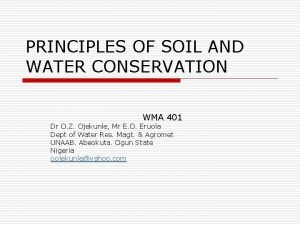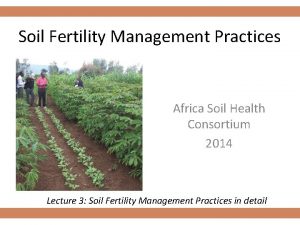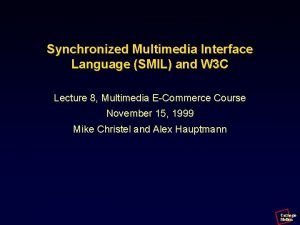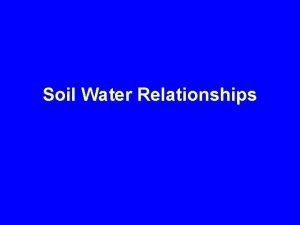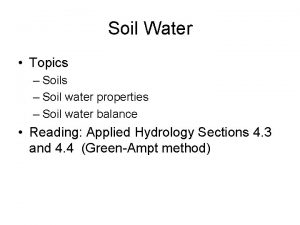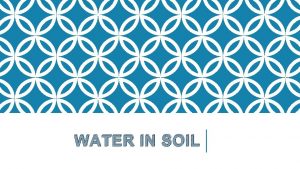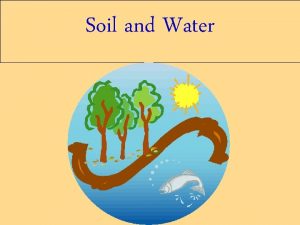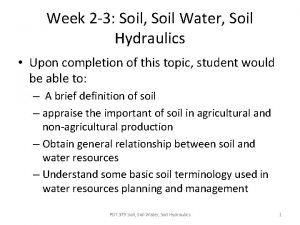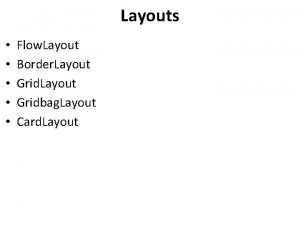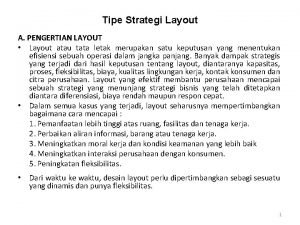Garden design and layout Soil Health Water Management


















- Slides: 18

Garden design and layout üSoil Health üWater Management üCrop protection üYear around productive home garden

After choosing the garden site: • Mark out the border to be cleared. • Good starting site 4 m x 4 m (16 m²). • Clear the area down to bare ground. (rocks, grass, weeds and debris).

Garden design and layout • Locate the highest point of the garden (slope). • Plan the beds for double digging across the slope. (1 m wide x 4 m long). • Plan and dig swales. Swales are built along the contour lines of a slope. ( Same elevation using A-Frame). • Dig a berm. Use the swale as a basis. (1 m – 4 m long beds).

Berms : are raised beds that can be used to direct water to swales. Swale : is a shallow trench dug along the land’s contour, with a berm on the downhill side.


Local soil amendments • Manure (nitrogen, Phosphate, beneficial microbes). • Wood ash (Calcium, potash, magnesium) • Charcoal dust (Carbon) • Decomposed organic material. • Compost.

Making of compost • Compost pile.



Double Digging Bio-intensive soil preparation.



Double digging • Use soil amendments (local resource). • Soil fertility and depth = higher yields from smaller areas. • Allows closer plant spacing. • Reduces moisture loss, weed germination. • Breaks through the compact soil allowing healthy plant roots to go much deeper. • Can be done using local tools.

Bio-intensive planting • This technique uses sticks and string to plant seeds in “triangle spacing. ” • Plants should form an equilateral triangle. Plant seeds or seedlings where sticks have been placed. • Once planted, water in seeds and mulch the garden well.

Cont.

Cont.

Cont.

Cont. • When the leaf canopy closes, the soil will not be exposed to direct sunlight. This will help prevent weed growth and loss of soil moisture. A scaffold of sticks and string can support the growth of bushy plants and keep them from falling over.
 Water and water and water water
Water and water and water water Living soil vs dead soil
Living soil vs dead soil Convergent plate boundaries
Convergent plate boundaries Garden state laboratories hillside nj
Garden state laboratories hillside nj Soil and water relationship
Soil and water relationship Principles of soil and water conservation
Principles of soil and water conservation Africa soil health consortium
Africa soil health consortium Texas soil and water conservation board
Texas soil and water conservation board Soil seed sower in health education
Soil seed sower in health education Soil seed sower in health education
Soil seed sower in health education Horizon europe mission soil health and food
Horizon europe mission soil health and food Design in operations management
Design in operations management Numerator layout vs denominator layout
Numerator layout vs denominator layout Smil head layout root-layout
Smil head layout root-layout Cddat
Cddat Fixed vs fluid layout
Fixed vs fluid layout Importance of soil
Importance of soil Water retention in soil
Water retention in soil Soil infiltration rate
Soil infiltration rate





